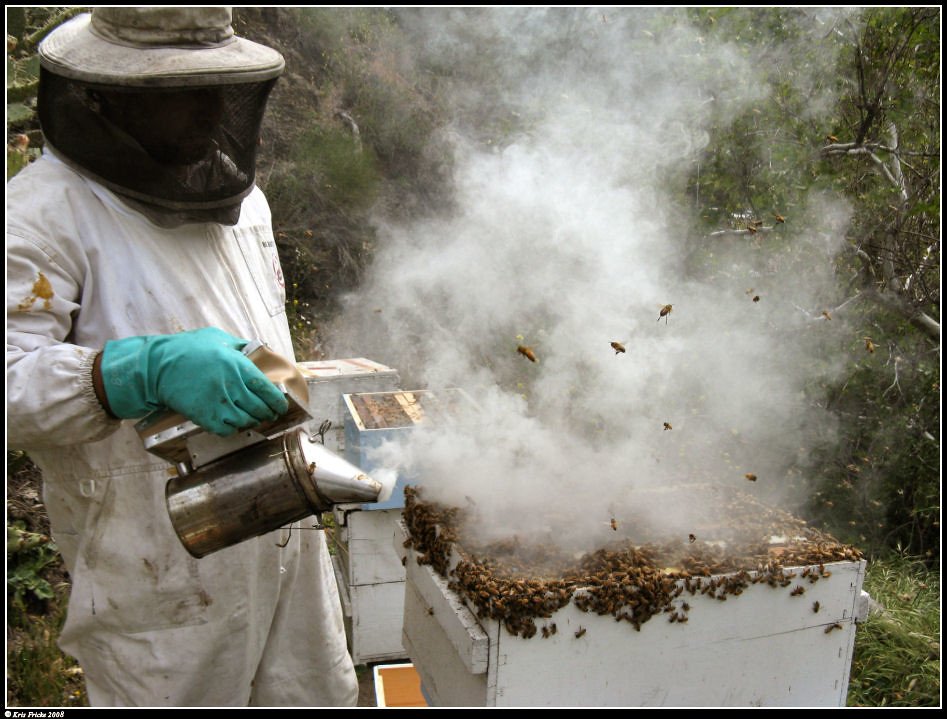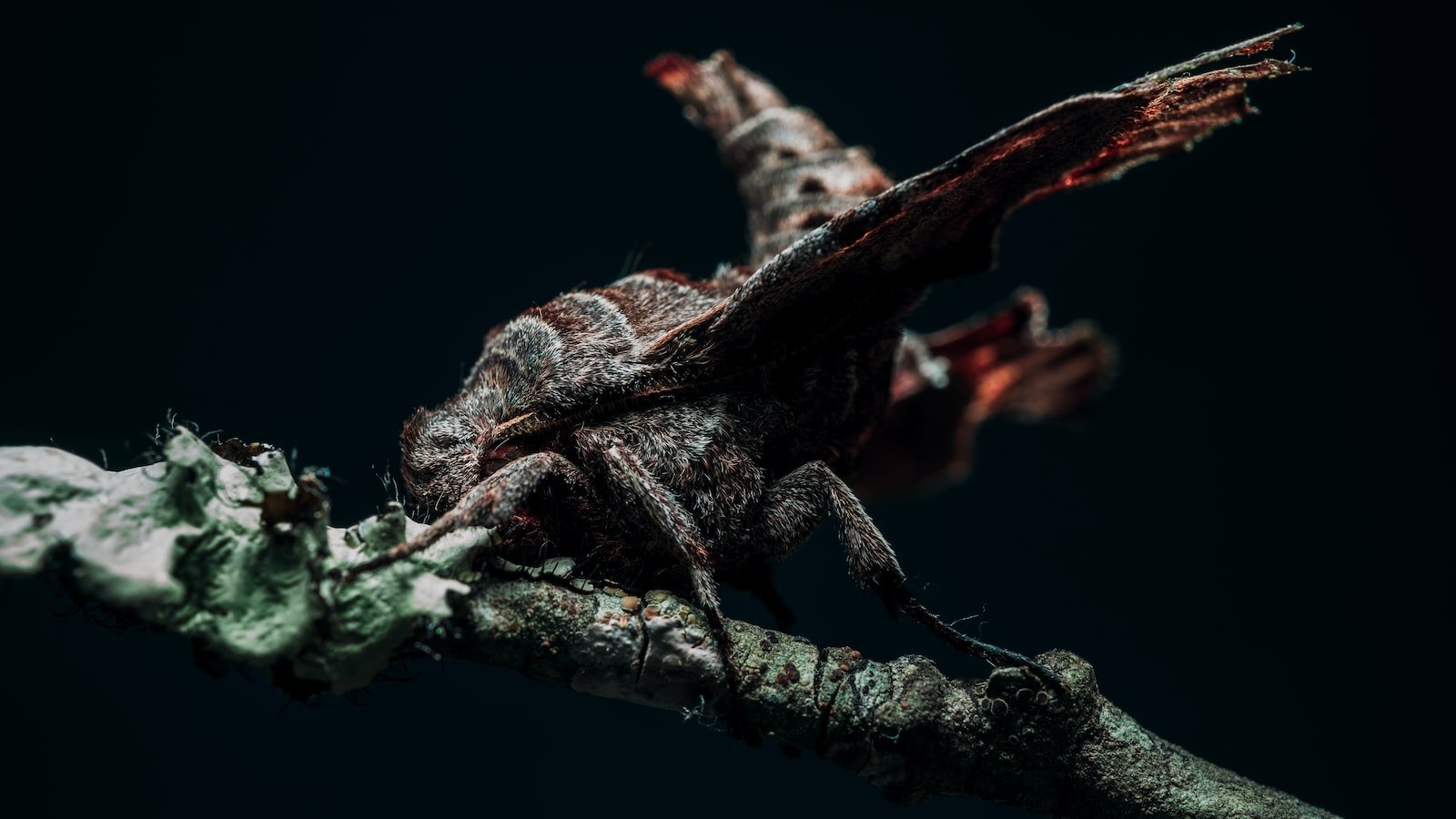In the bustling world of bees, amidst the vibrant blooms and sweet nectar, a fascinating form of communication takes place, one that is vital for their survival: bee communication in foraging. These tiny creatures, with their delicate wings and intricate dance moves, have a sophisticated language that allows them to work together seamlessly, navigating the complex task of finding food sources. While their buzzing may seem trivial to the untrained ear, it is a symphony of information exchange, serving as a crucial medium through which bees impart directions, distances, and even the quality of potential food. By delving into the captivating intricacies of bee communication, we can unlock a deeper understanding of these remarkable insects and the indispensable role their unique language plays in our ecosystem.
Table of Contents
- The Dance Language: A Vital Form of Bee Communication
- The Role of Pheromones in Bee Foraging Communication
- The Impact of Bee Communication on Pollination Efficiency
- Enhancing Bee Communication for Optimal Foraging Success
- Promoting Sustainable Foraging Practices through Effective Bee Communication
- Q&A
- To Wrap It Up

The Dance Language: A Vital Form of Bee Communication
In the intricate world of bees, communication is the key to success. And while bees may not possess the ability to talk, their dance language serves as a vital form of communication within the hive. This fascinating dance language allows bees to share important information about the location of food sources, the distance and direction of these sources, and even the quality of the nectar.
At the heart of this intricate form of communication lies the famous “waggle dance.” The waggle dance is a complex series of movements performed by worker bees to communicate the location of a valuable food source. Through this mesmerizing dance, bees convey not only the distance and direction of the food but also its quality. The intensity and duration of the waggle dance indicate the goodness of the nectar, enabling other bees to make informed decisions about which sources to prioritize.
Aside from the waggle dance, bees also employ other forms of dance to communicate. These include the “round dance” and the ”sickle dance.” The round dance is a circular pattern that indicates the proximity of food sources to the hive, while the sickle dance reveals the presence of pollen. Together, these various dance forms create a complex language that facilitates efficient foraging and resource allocation within the hive.
As we delve deeper into the intricate world of bees, we discover that their dance language is truly a marvel. Through their rhythmic movements and precise choreography, bees navigate their environment and communicate vital information. This dance language not only embodies the intelligence and organization of these fascinating creatures but also serves as a reminder of the beauty that lies within the buzzing world of bees.

The Role of Pheromones in Bee Foraging Communication
Bees, the small but vital creatures responsible for pollinating our plants, have an intricate communication system that revolves around the use of pheromones. Pheromones are chemical substances released by bees to transmit important messages to their fellow hive mates. These chemical signals play a crucial role in guiding foraging behavior and coordinating the efforts of the entire colony.
One key function of pheromones in bee foraging communication is their ability to attract and direct other bees to valuable food sources. For instance, scout bees who have discovered a rich nectar or pollen source will return to the hive and release specific pheromones that convey the location, quality, and abundance of the resource. This information acts as a guide for other bees, which can detect these pheromonal cues and follow them to the reward.
Additionally, pheromones are also utilized to regulate the allocation of labor within the colony. Certain pheromones are produced by the queen bee to suppress the reproduction of worker bees and maintain their specialized roles. By inhibiting the development of worker ovaries, the queen ensures that her offspring are the primary beneficiaries of the colony’s resources. Through these chemical signals, the queen effectively directs the foraging behavior of the worker bees, ensuring a harmonious and organized division of labor.

The Impact of Bee Communication on Pollination Efficiency
Bee communication plays a crucial role in enhancing pollination efficiency, influencing the abundance and diversity of plants in our ecosystems. Through intricate forms of communication, bees are able to effectively navigate their surroundings and communicate information about the location and quality of floral resources to their fellow colony members.
One fascinating aspect of bee communication is their ability to perform a “waggle dance,” a series of movements that conveys crucial information about the distance and direction of a food source. This dance, performed by forager bees within the hive, allows them to indicate the precise location of valuable nectar or pollen sources to their hive mates. Such precise communication enables the colony to efficiently allocate their foragers to the most productive floral patches, optimizing the collection of resources.
In addition to the waggle dance, bees also rely on chemical signals, known as pheromones, to communicate. By emitting specific chemical compounds, bees can signal various messages to their colony members, such as danger warnings or recruitment cues. These pheromones enable bees to coordinate their efforts during foraging, as well as alert the colony about potential threats or changes in the environment.
is undeniable. By facilitating effective and precise communication, bees can maximize their foraging efforts, leading to increased pollen transfer between plants and consequently enhancing reproduction rates. This intricate communication system not only benefits the bees themselves but also contributes to the vitality and diversity of our ecosystems as a whole.
Enhancing Bee Communication for Optimal Foraging Success
The world of bees is a fascinating one, filled with intricate communication systems that contribute to their remarkable success as pollinators. In order to further enhance their foraging abilities, scientists have been delving into the secrets of bee communication, seeking ways to optimize their efficiency and ultimately benefit our ecosystems.
One key aspect of bee communication is the famous “waggle dance,” where worker bees convey crucial information about the location of food sources to their hive mates. Recent research has revealed that the duration and intensity of these dances play a significant role in guiding fellow bees towards the most abundant and rewarding nectar and pollen sources. By fine-tuning the understanding of these nuanced dance movements, researchers are exploring ways to enhance bee communication and provide even more accurate information.
Furthermore, studies have shown that certain environmental factors can affect the effectiveness of bee communication. For instance, excessive noise and pollution in urban areas can hinder bees’ ability to transmit accurate signals, leading to decreased foraging success. To address this issue, we can create bee-friendly habitats by planting native flowers and providing nesting sites, minimizing environmental disturbances, and reducing the use of pesticides.
In conclusion, by unlocking the secrets of bee communication and working towards creating optimal environments for these remarkable insects, we can contribute to their foraging success and ultimately safeguard the vital role they play in our ecosystems. Together, we can ensure that bees continue to thrive and carry out their essential pollination duties, benefiting both nature and humanity.
Promoting Sustainable Foraging Practices through Effective Bee Communication
Why Effective Bee Communication is Vital for Sustainable Foraging Practices
Bees, these tiny super-organisms, play a crucial role in maintaining the delicate balance of our ecosystems through pollination. However, what many may not realize is that bees also boast an intricate communication system that is essential for promoting sustainable foraging practices. By understanding and harnessing this communication, we can contribute to preserving the health of both the bee population and the environment.
When it comes to foraging, bees use a complex dance language known as the waggle dance. This unique form of communication allows bees to inform their hive mates about the location, quality, and abundance of food sources. Through specific movements, duration, and intensity of the dance, bees convey vital information that guides others towards the most sustainable and fruitful foraging areas. By decoding and respecting this dance language, we can support sustainable foraging practices.
- Promoting biodiversity: Effective bee communication ensures that bees distribute their foraging efforts across diverse floral resources. This aids in maintaining a rich biodiversity in our ecosystems, preventing the dominance of certain plant species and promoting overall ecosystem health.
- Optimizing resource utilization: By understanding the waggle dance, beekeepers and conservationists can strategically position beehives near sustainable foraging areas, maximizing the utilization of natural resources and minimizing stress on the bee colonies.
- Reducing pesticides and promoting organic practices: The ability to communicate about potential food sources empowers bees to make informed choices. By incorporating sustainable farming practices, reducing pesticide use, and promoting organic farming, we create healthier foraging environments that benefit both bees and our ecosystems.
Understanding and supporting effective bee communication is pivotal for promoting sustainable foraging practices. By recognizing the importance of the waggle dance, we can contribute to the preservation of bee populations, foster biodiversity, optimize resource utilization, and encourage environmentally friendly farming techniques. Let us embrace the remarkable communication abilities of bees and work together towards a sustainable future for beekeeping and our planet.
Q&A
Why is bee communication important in foraging?
Bees rely on communication to efficiently locate and share information about food sources. Through intricate dance movements and chemical signals, they can communicate the distance, quality, and direction of nectar and pollen sources, enabling the colony to optimize their foraging efforts.
How do bees communicate with each other?
Bees communicate through a combination of dances and pheromones. The ”waggle dance” conveys the distance and direction to a food source, while the release of specific chemicals known as pheromones allows bees to relay important messages within the colony.
What role does the waggle dance play in bee communication?
The waggle dance is crucial in providing information about the distance and direction to a food source. During the dance, a forager bee performs a figure-eight pattern while waggling its abdomen, with the angle and duration of the waggle conveying specific details to other bees within the colony.
Why do bees release pheromones?
Pheromones are chemical signals released by bees to communicate different messages within the colony. These signals help direct other bees to specific tasks, such as guarding the hive, recruiting more foragers, or indicating the presence of a food source, thus coordinating the colony’s foraging efforts.
What is the significance of bee communication for the overall health of a colony?
Effective communication is vital for a bee colony’s survival. It allows for efficient allocation of foragers, prevents wasteful duplications, and ensures food sources are effectively exploited. Strong communication within the colony enhances the chances of overall success and productivity.
How does bee communication contribute to biodiversity and ecosystem health?
Bees play a crucial role in pollination, which is essential for the reproduction of many plants. Effective communication among bees results in efficient foraging and widespread pollination, promoting biodiversity and ensuring the health of ecosystems by facilitating the growth of various plant species.
What happens when bee communication is disrupted or compromised?
Disruptions in bee communication, such as the use of pesticides or habitat loss, can have negative effects. It may lead to difficulty in locating food sources, reduced efficiency in foraging, and hindered coordination within the colony, ultimately impacting the overall health and success of bee populations and potentially harming the ecosystems they support.
To Wrap It Up
As bees buzz away from their hives, embarking on exhilarating expeditions to gather nectar and pollen, a symphony of unseen conversations unfolds in the wild. It is in this harmonious world of bee communication that the secrets of their foraging success lie, mysteries waiting to be unraveled. In this article, we have delved into the captivating realm of buzzing linguistic dances and pheromonal dialogues, discovering the profound significance of bee communication in their foraging endeavors.
Just as humans rely on language to convey ideas, emotions, and intentions, bees employ an intricate system of signals and cues to efficiently navigate their intricate ecosystem. With an astonishing level of precision and efficiency, bees communicate information regarding the location, quality, and quantity of food sources available. Through a dance that could rival the grace of a prima ballerina, they communicate the precise direction and distance of blooming flowers, leading their kin to bountiful botanical treasure troves.
The enchanting waggle dance, meticulously choreographed by worker bees, acts as a celestial map guiding their fellow sisters to the sweetest nectar. As the sun bathes the hive in its warm glow, these tireless dancers perform celestial maneuvers, their bodies vibrating with excitement. By matching the angle of their dance to the position of the sun, they provide invaluable information about the direction of the foraging patch.
But the remarkable journey of bee communication does not end there. Inside the hive, where the hum of bustling workers fills the air, pheromones emerge as the language of choice. Laced with chemical signals, these olfactory whispers serve as a form of social currency, binding the colony together. A mere whiff of a particular pheromone can rally scores of worker bees to join the foraging mission, reinforcing the notion that unity truly is strength.
Through the ages, this innate ability to communicate effectively has secured the survival of these industrious pollinators. But amidst a web of environmental challenges, including habitat loss and the widespread use of chemical pesticides, their delicate dances risk being silenced. The disruption of bee communication poses a dire threat to their essential role in pollination, and consequently, our food security.
Awareness must be cultivated, for the survival of these tireless workers is intricately woven into the fabric of our ecosystem. By understanding and valuing the importance of bee communication in foraging, we can pave the way for sustainable practices that protect and foster their survival. Let us not merely observe their enchanting dances from afar but join them in preserving the language of buzzing wonders, ensuring that the melodic symphony of bees resonates for generations to come.
As an affiliate, my content may feature links to products I personally use and recommend. By taking action, like subscribing or making a purchase, you’ll be supporting my work and fueling my taco cravings at the same time. Win-win, right?
Want to read more? Check out our Affiliate Disclosure page.